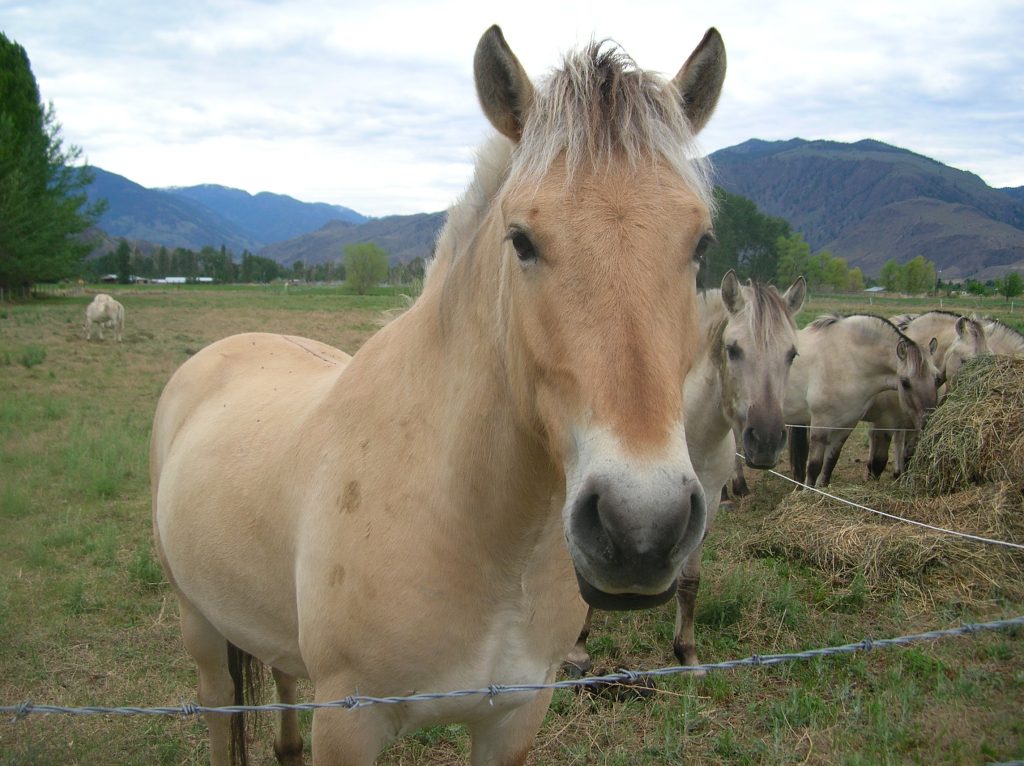 Invasive Plants that are Toxic to Livestock
Invasive Plants that are Toxic to Livestock
Invasive plants can directly impact livestock health. Some plants have sharp spines or burs that puncture and scratch animals or get tangled in fur, increasing stress and veterinary costs. Other plants have toxins that can lead to poisoning or fatalities.
Toxins may occur in some or all plant parts including leaves, roots, stems, flowers and seeds. Some toxins are only present in harmful concentrations during certain stages of plant growth.
Livestock rarely consume toxic plants purposefully. Poisonings can occur through the consumption of large quantities of contaminated hay. During a drought when forage is limited and quality is low, livestock are either unable to detect dried plants or are so hungry that even toxic plants become a potential source of food.
What You Can Do to protect your livestock
- Learn to identify and control toxic invasive plants
- Regularly patrol pastures, hay fields, roadsides and fence lines for toxic plants
- Confirm your source of hay and forage is not contaminated
- Fence off areas where poisonous plants occur
- Share your knowledge with your livestock association or club members
- Familiarize yourself with your regional invasive plant program
Symptoms and treatment of poisoning
Livestock poisonings often go undiagnosed. Symptoms can be as general as a decreased appetite and unhealthy appearance or as severe as convulsions, coma and death. If you suspect a poisonous plant, take a specimen to your local invasive species society or Range Agrologist for identification. Efforts should always be made to control and remove toxic invasive plants.
Contact your veterinarian immediately for proper diagnosis and treatment if livestock are experiencing unusual symptoms.

When consulting with your veterinarian, inform them of any changes to your pasture or range, including:
- Sparse forage due to heavy grazing, drought or poor early season growth
- Recently moving livestock to a new pasture
- Recently fertilizing pasture with nitrogen followed by cool weather
- Feeding livestock hay from a new source
Common Toxins / Types of Poisoning
Pyrrolizidine Alkaloids
Cause liver damage to all livestock, particularly cattle. Poisoning typically occurs over time as toxins accumulate in the liver.
Symptoms
- Weight loss
- Constipation or diarrhea, blood in feces
- Weakness, fatigue
- Dehydration, sensitivity to sunlight
- Coma or death
Treatment
- Animals rarely recover once symptoms of liver failure appear
- Provide increased shade and cool water to ease pain and dehydration
Plants Containing Toxins
- Hound’s-tongue
- Tansy Ragwort
- Common Tansy
Nitrates
Nitrates convert to nitrite which can accumulate in the blood if ingested in high quantities. Nitrite binds to blood cells, reducing their ability to transport oxygen throughout the body (a condition called anemia).
Symptoms
- Frothing at the mouth
- Weakness and laboured breathing
- Diarrhea, frequent urination
- Tremors, convulsions
- Loss of fetus in pregnant animals
- Reduced milk production in dairy cows
- Coma or death
Treatment
- Minimize handling of livestock to reduce their oxygen needs
Plants Containing Toxins
- Russian Thistle
- Kochia
Oxalates
High oxalate levels prevent salts from being metabolized and are absorbed into the bloodstream. Salts then accumulate in the kidney, causing renal failure. Sheep and cattle are most susceptible to oxalate poisoning.
Symptoms
- Muscle tremors
- Calcium deficiency
- Weakness
- Weight loss
- Coma or death
Treatment
- Animals can develop a tolerance for oxalate-containing plants if small amounts are ingested
Plants Containing Toxins
- Russian Thistle
- Kochia
